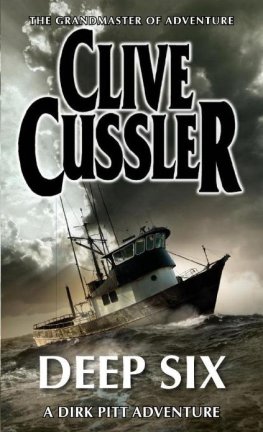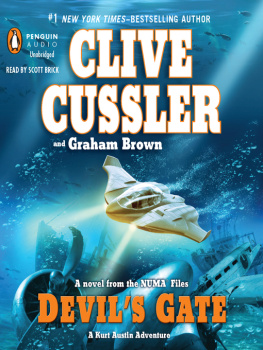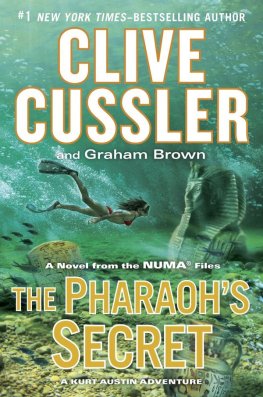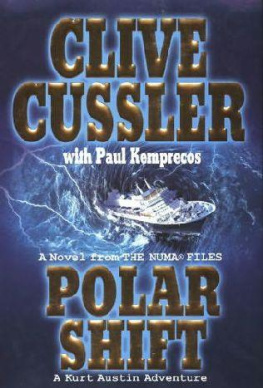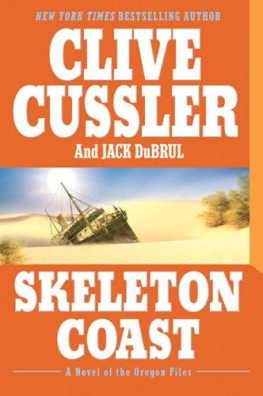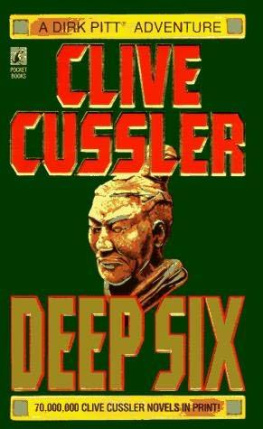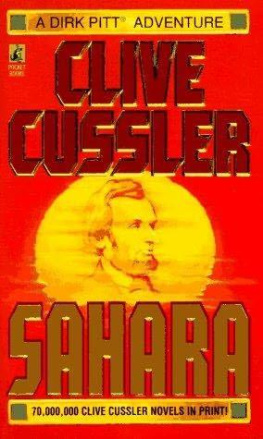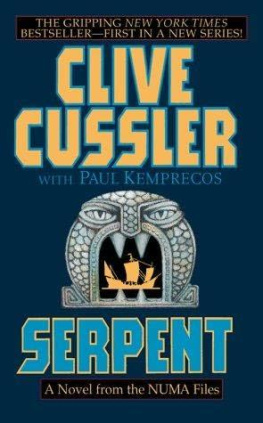To Tubbys Bar & Grill in Alhambra,
Rands Roundup on Wilshire Boulevard,
The Black Knight in Costa Mesa,
and Shanners Bar in Denver.
GONE BUT NOT FORGOTTEN
The girl shaded the sun from her brown eyes and stared at a large petrel gliding above the ships after cargo boom. She admired the birds soaring grace for a few minutes, then, growing bored, she rose to a sitting position, revealing evenly spaced red bars across her tanned back, etched there by the slats of an ancient steamer chair.
She looked around for signs of the deck crew, but they were nowhere in sight, so she shyly shifted her breasts to a more comfortable position inside the scoop-necked bra of her bikini.
Her body was hot and sweaty from the humid tropical air. She moved her hand across her firm stomach and felt the sweat rising through the skin. She sat back in the chair again, soothed and relaxed, the throbbing beat of the old freighters engines and the heavy warmth of the sun coaxing her into drowsiness.
The fear that churned inside her when she came on board had faded. She no longer lay awake to the pounding of her heart, or searched the crews faces for expressions of suspicion, or waited for the captain to grimly inform her that she was under ships arrest. She was slowly closing her mind to her crime and beginning to think about the future. She was relieved to find that guilt was a fleeting emotion after all.
Out of the corner of her eye she caught the white jacket of the Oriental mess boy as he stepped from a companionway. He approached apprehensively, his eyes staring down at the deck, as if he was embarrassed to look at her nearly nude figure.
Excuse me, Miss Wallace, he said. Captain Masters respectfully requests you please dine with him and his officers tonight if you are feeling better, that is.
Estelle Wallace was thankful her deepening tan covered her blush. She had feigned illness since embarking in San Francisco and had taken all her meals alone in her stateroom to avoid any conversation with the ships officers. She decided she couldnt remain a recluse forever. The time had come to practice living a lie. Tell Captain Masters I feel much better. Ill be delighted to dine with him.
Hell be glad to hear that, the mess boy said with a broad smile that revealed a large gap in the middle of his upper teeth. Ill see the cook fixes you something special.
He turned and shuffled away with a gait that seemed to Estelle a trifle too obsequious, even for an Asian.
Secure in her decision, she idly stared up at the three-deck-high midship superstructure of the San Marino. The sky was remarkably blue above the black smoke curling from the single stack, contrasting starkly with the flaking white paint on the bulkheads.
A stout ship, the captain had boasted when he led her to a stateroom. He reassuringly ticked off her history and statistics, as if Estelle were a frightened passenger on her first canoe ride down the rapids.
Built during 1943 to the standard Liberty ship design, the San Marino had carried military supplies across the Atlantic to England, making the round-trip crossing sixteen times. On one occasion, when she had strayed from the convoy she was struck by a torpedo, hut she refused to sink and made it under her own power to Liverpool.
Since the war she had tramped the oceans of the world under the registry of Panama one of thirty ships owned by the Manx Steamship Company of New York, plying in and out of backwater ports. Measuring 441 feet in length overall, with a raked stem and cruiser stern, she plodded through the Pacific swells at eleven knots. With only a few more profitable years left in her, the San Marino would eventually end up as scrap.
Rust streaked her steel skin. She looked as sordid as a Bowery hooker, but in the eyes of Estelle Wallace she was virgin and beautiful.
Already Estelles past was blurring. With each revolution of the worn engines, the gap widened between Estelles drab life of self-denial and an eagerly sought fantasy.
The first step of Arta Casilighios metamorphosis into Estelle Wallace was when she discovered a lost passport wedged under the seat of a Wilshire Boulevard bus during the Los Angeles evening rush hour. Without really knowing why, Arta slipped it into her purse and took it home.
Days later, she had still not returned the document to the bus driver or mailed it to the rightful owner. She studied the pages with their foreign stamps for hours at a time. She was intrigued by the face in the photo. Although more stylishly made up, it bore a startling resemblance to her own. Both women were about the same age less than eight months separated their birthdays. The brown shade of their eyes matched, and except for a difference in hairstyles and a few shades of tint, they might have passed for sisters.
She began to make herself up to look like Estelle Wallace, an alter ego that could escape, mentally at least, to the exotic places of the world that were denied timid, mousy Arta Casilighio.
One evening after closing hours at the bank where she worked, she found her eyes locked on the stacks of newly printed currency delivered that afternoon from the Federal Reserve Bank in downtown Los Angeles. She had become so used to handling large sums of money during her four-year tenure that she was immune to the mere sight a lassitude that afflicts all tellers sooner or later. Yet inexplicably, this time the piles of green-printed tender beguiled her. Subconsciously she began to picture it as belonging to her.
Arta went home that weekend and locked herself in her apartment to fortify her resolve and plan the crime she intended to commit, practicing every gesture, every motion until they came smoothly to her without hesitation. All Sunday night she lay awake until the alarm went off, bathed in cold sweat, but determined to see the act through.
The cash shipment arrived every Monday by armored car and usually totaled from six to eight hundred thousand dollars. It was then re-counted and held until distribution on Wednesday to the banks branch offices, scattered throughout the Los Angeles basin. She had decided the time to make her move was on Monday evening, while she was putting her money drawer in the vault.
In the morning, after she showered and made up her face, Arta donned a pair of panty hose. She wound a roll of two-sided sticky tape around her legs from mid-calf to the top of her thighs, leaving the protective outer layer of the tape in place. This odd bit of handiwork was covered with a long skirt that came almost to her ankles, hiding the tape with inches to spare.
Next she took neatly trimmed packets of bond paper and slipped them into a large pouch-style purse. Each displayed a crisp new five-dollar bill on the outer sides and was bound with genuine blue and white Federal Reserve Bank wrappers. To the casual eye they would appear authentic.
Arta stood in front of a full-length mirror and repeated over and over, Arta Casilighio no longer exists. You are now Estelle Wallace. The deception seemed to work. She felt her muscles relax, and her breathing became slower, shallower. Then she took a deep breath, threw back her shoulders and left for work.
In her anxiety to appear normal she inadvertently arrived at the bank ten minutes early, an astounding event to all who knew her well, but this was Monday morning and no one took notice. Once she settled behind her tellers counter every minute seemed an hour, every hour a lifetime. She felt strangely detached from the familiar surroundings, and yet any thought of forgetting the hazardous scheme was quickly suppressed. Mercifully, fear and panic remained dormant.

